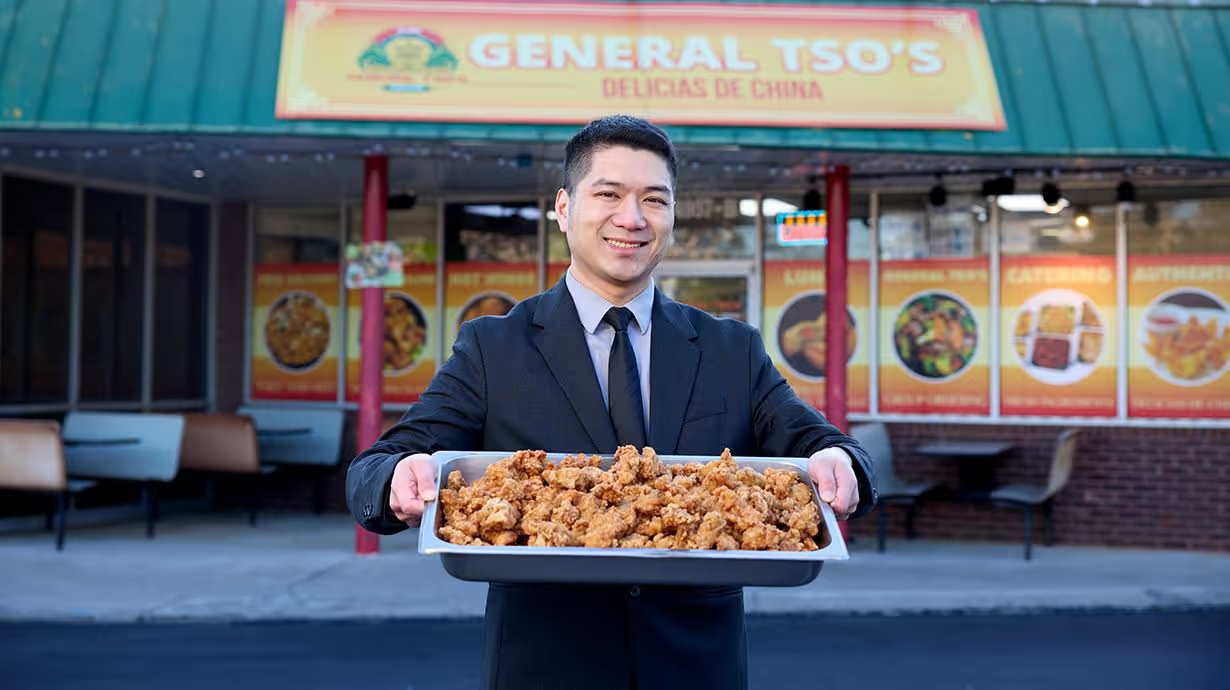How to improve meal prep deliveries?
Meal prep deliveries are often a small version of any last mile distribution operation like Amazon or FedEx package deliveries. Lot’s of similarities, but at a smaller scale. So, it’s intuitive to follow the same playbook, however the objectives are a bit different in meal prep deliveries. It is much more customer experience focused than operational efficiency focus of package delivery companies.
Here are 4 tips of get started:
1. Don’t over-optimize routing:
It’s counter intuitive. But understand that route optimization is fundamentally a difficult math problem. But you can achieve 80% of the benefits really easily. It kind of follows that famous 80-20 rule.
To squeeze the full benefit, it takes time, and resources - which perhaps is not the priority for your business. It may be priority for companies like UPS, FedEx who primarily focuses on efficiency at larger scale.
So, keep things simple and flexible. Optimize for time.
2. Instead, focus on customer experience:
It’s really the delivery experience that matters more.
How do you communicate with your customers throughout the delivery process? Are you delivering on-time? Correctly dropping off in right place? These matters a lot more for customer satisfaction.
Studies have shown better delivery experience can improve customer retention and repeat purchases significantly.
Focus on customer experience of your deliveries instead of operational excellence. Here is a short recent Harvard Business School article on it.
3. Don’t over complicate driver compensation:
Again it comes from not trying to over optimize routing. If you compensate based on flat rate within certain radius, that helps to keep things simple.
Your true mileage does not matter and therefore no need to track actual mileage vs. planned mileages. People drive differently, there are errors in measurements, traffics and other variables - all these can easily complicate your driver compensation without adding any benefit to the business.
Keeping things simple helps you grow faster.
4. Measure delivery performance:
There need to be at least 1 or 2 metrics to track and measure delivery performance. It could be # of deliveries per hour. You can also measure Avg. cost $ per deliveries.
Metrics are only meaningful when you monitor them over time to understand how things are going. Again, keeping measurement simple will likely to stick over time and benefit you.
Those are few of our thoughts on offering a best in class meal prep delivery service for your customers.
Index
Ready to get started?
Play around with it first, add your team, pay later.








.avif)






%201.svg)
